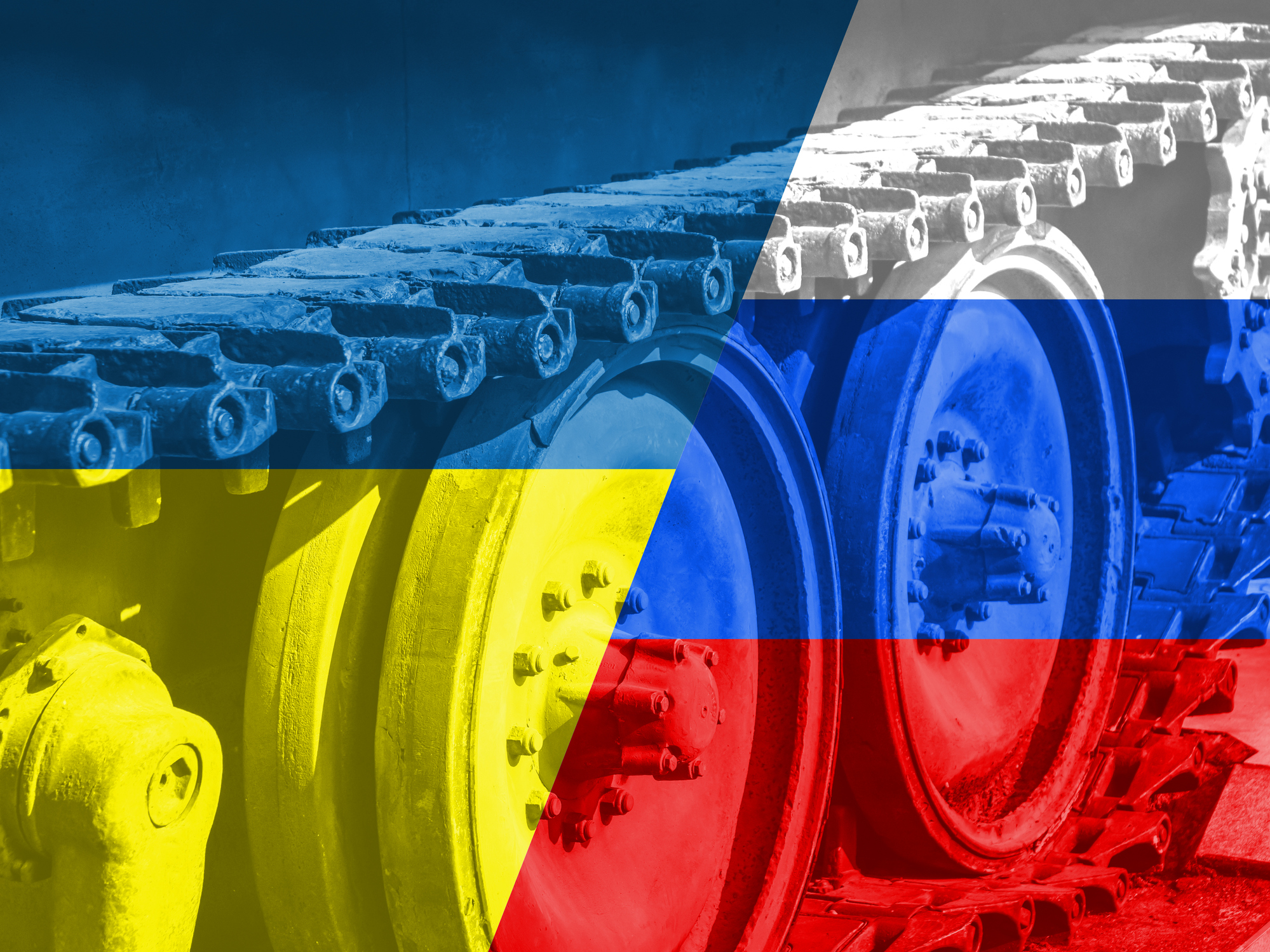Ukraine appears to be pulling off the ‘Anaconda Plan’

Photo credit: Craig Hastings. (Getty Images)
SUMMARY
Ukraine isn't making the fast progress across Russian lines that many had hoped. Last year, during their first major counteroffensive, Ukrainian forces advanced miles on some days. But now, getting a few dozen meters through a Russian minefield represents a great day. It's not fun to watch, and it leaves thousands of Ukrainian families in harm's way. But Ukraine's recent strikes on the Black Sea Fleet, advances toward the M14, and repeated hits on Russian bridges are starting to look like America's Anaconda Plan from the Civil War. You remember, the slow, grinding strategy that cut off the Confederacy from re-supply and led to U.S. victory in the war?
It won't result in flashy, cathartic seizures of territory, but it could still result in victory, especially near Crimea.
The original Anaconda Plan and Ukraine parallels
General Winfield Scott proposed and enacted his "Anaconda Plan" at the start of the Civil War. Most Northerners expected a quick victory, but Scott knew it was unlikely. He thought the best way to win as fast as possible was to dig in for the long fight from the start.
As the Library of Congress puts it:
Scott’s Great Snake, published at the outset of the Civil War, humorously portrays General Winfield Scott’s “Anaconda Plan” to strangle the southern states by cutting off any imported supplies and halting cotton exports. Blockading fleets were also used on inland rivers to assist Union military operations. The Anaconda Plan emerged out of Scott’s understanding that the war would be long and slow, frustrating Northerners who thought a quick capture of Richmond would bring the rebellion to a sudden end.
Ukraine, like the United States at the start of its campaign against rebellious forces, would love a fast victory. But it appears to have decided that a large, complicated, NATO-style attack against Russian defenses won't work. Since NATO and especially U.S. tactics assume air parity or superiority against an enemy, it makes sense that Ukraine needs a different plan.
Ukraine attempted the big, sweeping mechanized moves early in the counteroffensive. But their armored vehicles got bogged down and targeted by artillery. And so they switched to a slow strategy of chipping away at the defensive lines with small teams of infantry.
But at the same time, Ukraine has ramped up attacks on the Black Sea Fleet, continued to attack Russian bridges into Crimea, and now has struck Berdiansk–a crucial part of the land bridge–all developments that could choke southern Ukraine like it's being constricted by an anaconda.
Still, this might not be an anaconda play
It's important to note: Ukraine may not be attempting an isolation play.
Their attacks on the Black Sea Fleet include a direct hit on a Russian LST that limits seaborne resupply. But hitting high-dollar ships is valuable regardless. And hitting the Black Sea Fleet might just be a way to demonstrate capabilities while the ground war is so static.
Ukrainian strikes against bridges to Crimea could be more about hitting Putin's prestige projects more than about isolating the peninsula.
The severing of the land bridge is definitely an isolation play, but it could be about just breaking apart the enemy lines rather than concerted strangulation. Putting pressure on the land bridge also degrades morale and prevents Russian unit rotations. And it, of course, would allow for the liberation of cities like Melitopol.
What Ukraine needs for the potential play to be successful
But if Ukraine is enacting an Anaconda Plan against Kherson, Crimea, and Zaporizhzhia, it would look exactly like what Ukraine is currently doing. To be successful, it needs to further degrade the Black Sea fleet, do more damage to the road and rail bridges over the Kerch Strait, and most importantly, sever the land bridge that connects Russia to its most southerly formations in the Kherson Oblast and Crimea. Near Tokmak and Robotyne, that land bridge is almost down to just the M14 highway.
And Ukraine has already reached rocket range of the M14 highway. And recently, it actually struck a target along with M14 with ATACMS.
Russia appears to know how vulnerable it will be without the land bridge. It simply doesn't have the logistics capability to provide for the tens of thousands of troops in the south if it loses the land bridge. And it's using increased air strikes, deployments of the Russian Airborne Forces, and more to try to hold Ukraine away from Tokmak and Polohy.
The supply of American ATACMS make it much easier for Ukraine to isolate those forces. But if the HIMARS are range-limited as is reported or if America only donates cluster variants of the missile, it would still be quite hard for Ukraine to use the weapons effectively against the Black Sea Fleet or bridges. (The German Taurus missile, which Germany says it won't send, would be perfect against ships and bridges.)
But even if Ukraine is successful, it will take months for cut-off Russian units to surrender or become degraded enough for Ukraine to easily defeat. Anaconda Plans are not fast. But lasting success is more important than quick victory.
SHARE
